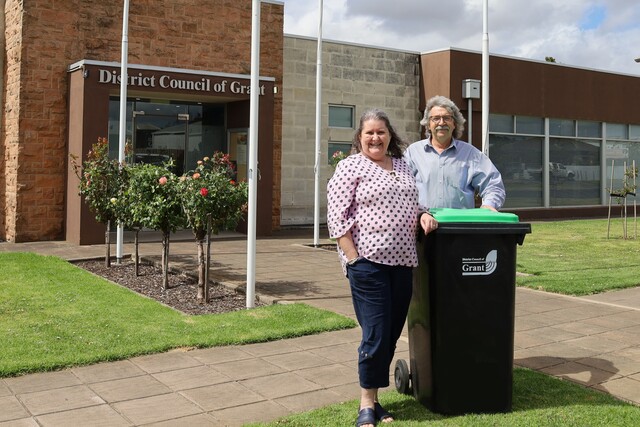By Bruce Rowse*
Many Local Governments have set ambitious corporate greenhouse gas reduction targets as part of their climate change program, yet are a long way from achieving those targets.
Changes to temperature settings are a little known but easy way of getting significant carbon savings in council offices.
In office buildings the single largest energy user is the heating, cooling and ventilation system. This system will typically account for 40 to 60 per cent of the building’s energy cost and greenhouse gas emissions.
A major determinant of how much energy your system uses is the temperature at which it is set to operate. Depending on climate, most offices are set to maintain a year round temperature of either 22°C or 24°C.
Hobsons Bay City Council in Melbourne had temperature settings at its Civic Centre adjusted to allow the temperature to vary between 20°C and
25°C. Electricity metering of the air conditioning system showed a 25 per cent energy saving on the packaged heat pump units supplying the building.
The air conditioning temperature changes occurred a couple of months after a building extension – which had increased electricity consumption by 10 per cent.
According to Council’s Environment Officer Rowena Joske, after the temperature adjustments the electricity bills dropped back to what they were before the extension. In other words simply adjusting the temperature settings has cut carbon emission by 10 per cent.
Temperature complaints are, however, a major bane to facility managers, who can’t seem to keep everyone happy.
Do adjustments to temperature settings increase the number of complaints?
In the case above more complaints did occur about it getting above 25°C in some parts of the building. So the system has been adjusted back in those parts of the building to limit the maximum temperature to no more than 25°C.
Comcare, a Federal Government organisation for public sector employees, has produced guidelines as to what a comfortable office temperature is.
According to Comcare the acceptable range of office temperatures is 20°C to 26°C, with 20°C to 24°C recommended in winter and 22°C to 26°C recommended in summer.
In temperate and cold climates in Australia, allowing the temperature in the office to float between 20°C to 24 or 25°C will significantly cut energy use and carbon emissions as compared to setting the system to maintain exactly 22°C.
In hotter climates allowing the temperature to go up to 26°C instead of keeping it at 24°C will similarly save energy and carbon emissions.
In terms of carbon reduction per dollar spent, it doesn’t get much better than changing building temperature settings.
This is why I have chosen temperature settings as the topic for this, my first article in Local Government FOCCUS. Any feedback is welcome.
*Bruce Rowse, energy efficiency engineer, is Director of CarbonetiX, an engineering consultancy specialising in carbon reduction. Contact Bruce via his blog at
www.carbonetix.com.au/blog







